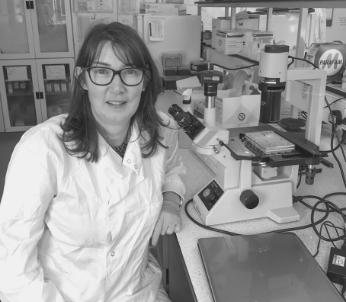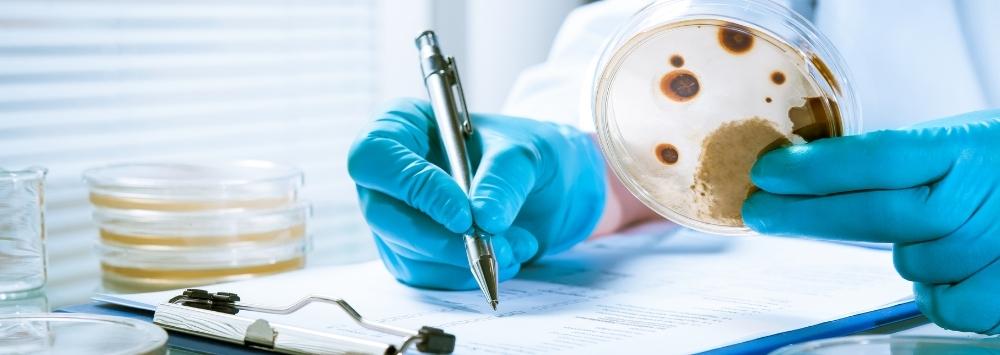The Virtual Biobank
Understanding how pathogens, whether viruses, bacteria or others, are behaving in a population is necessary prerequisite to their control.
Is a pathogen becoming more common? Is there a new variant that escapes vaccines? Have we imported something new into the UK? Does a particular dog pathogen pose a risk to humans?
The list of questions goes on. To address these questions requires regular access to a wide range of samples, and the modern sequencing technologies needed to fingerprint and thereby track pathogens. Modern improvements in laboratory technology mean the sequencing is now becoming easier. The problem is getting samples; whilst samples are regularly collected and stored from humans and farm animals, they are not routinely available for companion animals.
And that got us thinking... If we catalogued the large number of clinical samples that are being submitted by vets from their individual patients to diagnostic laboratories, these same samples currently mostly being discarded after their individual test results become available, could we identify important samples and retrieve them for sequencing?
The short answer is yes. In partnership with a growing number of diagnostic laboratories across the country, SAVSNET now uses anonymous samples that remain after their diagnostic testing is completed, to further investigate important diseases in companion animals. We call this idea a virtual biobank.
What do we do with the samples?
There are two broad methods we can use on samples from the virtual biobank.
1. Sequencing
Sequencing is fantastic technology which allows us to “fingerprint” a pathogen and thereby see how it is moving around and evolving. In traditional Sanger sequencing, we sequence small parts to identify what strain or variant the pathogen is. This usually only gives us part of the pathogen’s sequence, but it is relatively cheap allowing many samples to be sequenced. The newer technology is Next Generation (or Whole Genome) Sequencing. This is sequencing on massive scale – it sequences more of the pathogen’s genome than Sanger sequencing so that we can characterise individual pathogens in much more detail. It can also spot new pathogens. However, Next Generation Sequencing is more expensive and therefore restricted to fewer samples.
Thanks to a collaboration with Idexx, we have used the Virtual Biobank and sequencing to characterise parvoviruses in UK cats and dogs.
With Idexx and Nationwide Laboratories, we have also identified new variants of E.coli that are both resistant to important antibiotics and potentially transmissible between pets and people.
2. Serology
In contrast to sequencing that looks at a pathogens genetic fingerprint, serology looks at antibodies to specific pathogens. If an animal has antibodies then it means they have either been infected, or if a vaccine is available, then they may also have had a vaccine. Young animals may also have antibodies they acquired from their mum. With Idexx, we have used sera from the Virtual Biobank to look for infection of cats and dogs by SARs-CoV-2.
Projects in the pipeline.
We have ongoing projects on antimicrobial resistance.
Current call for samples
Canine distemper virus sequencing (UK and Europe).
Rabbit viral haemorrhagic disease virus.
We can’t do this work without those UK veterinary diagnostic laboratories that collaborate with SAVSNET and provide samples for the Virtual Biobank. We are immensely grateful. If you would like to know more about the virtual biobank, or you work at a diagnostic laboratory and think you have left-over samples from animals that have tested positive for these pathogens, then please do get in touch.

Data submitted to SAVSNET is invaluable for identifying disease, but physical samples from infected animals are needed to generate genetic data about pathogens that might be responsible; it could be a particular strain or maybe a new or re-emerging pathogen is involved. Ultimately data and samples allow us to provide accurate information for the control and treatment of the disease.
Dr Shirley Bonner, SAVSNET Research Technician
Back to: Small Animal Veterinary Surveillance Network (SAVSNET)
